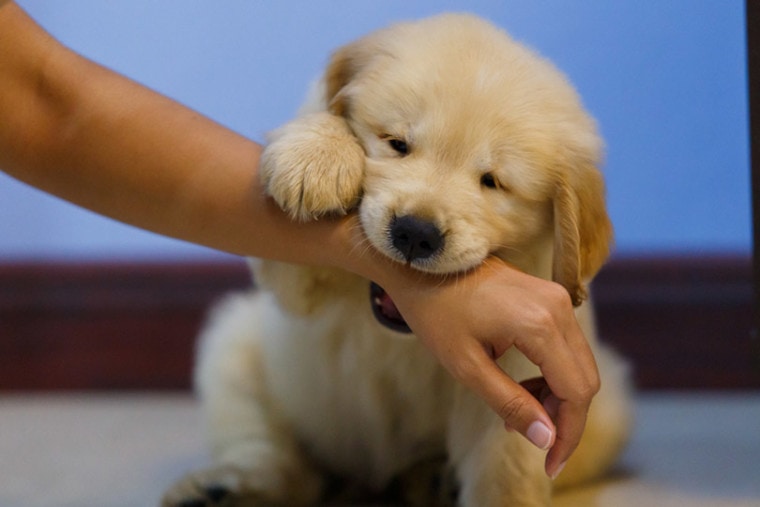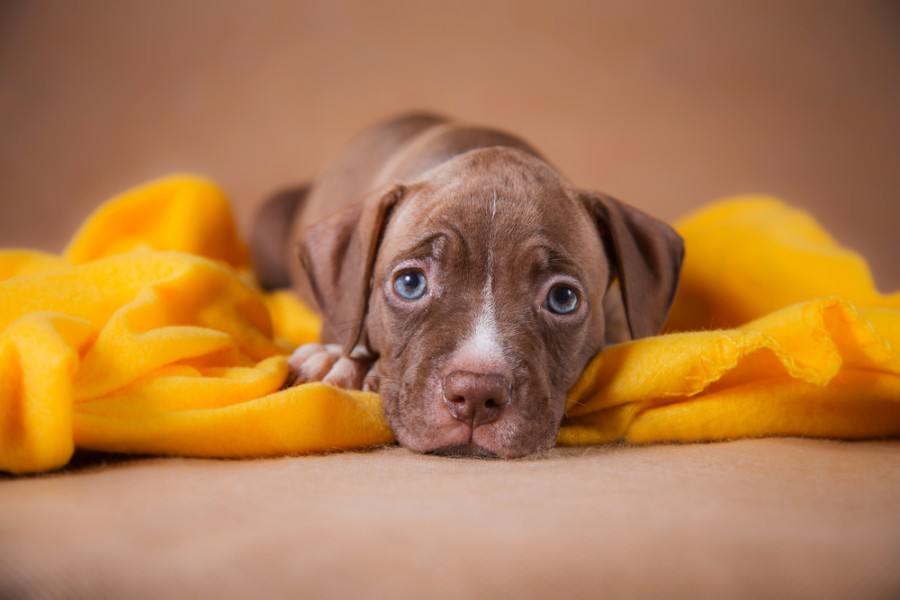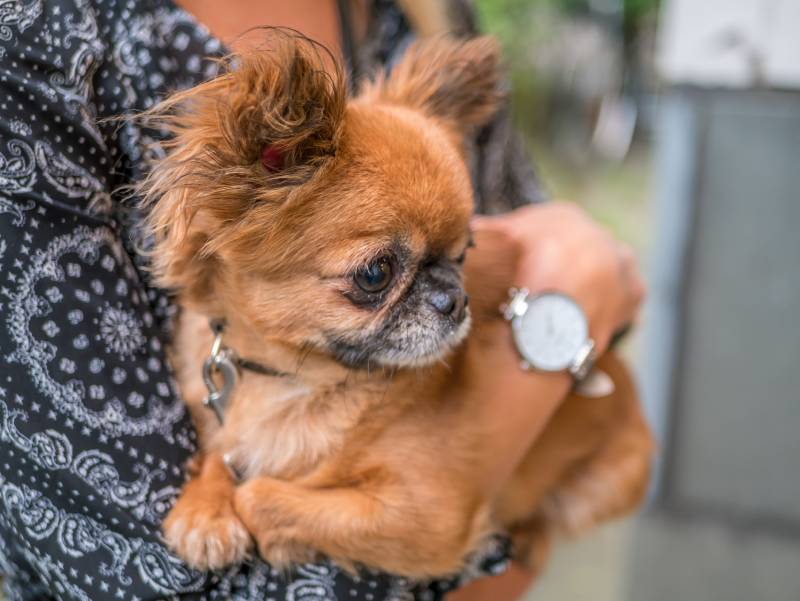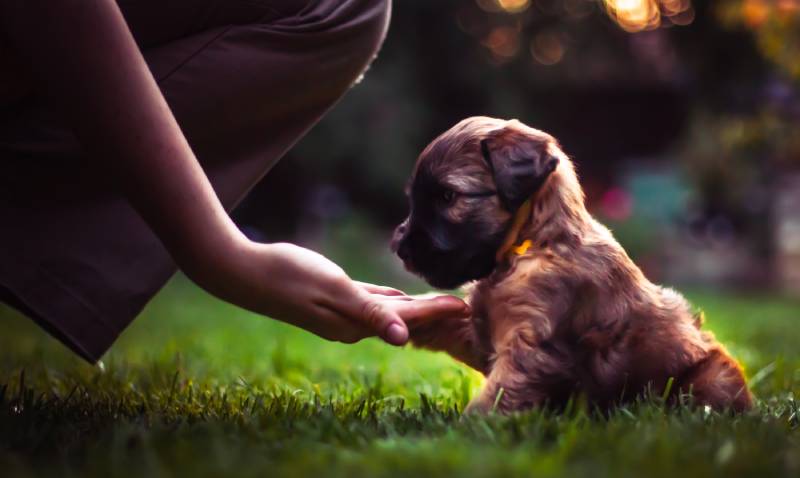
Click to Skip Ahead
Bringing home a new puppy is exciting! Puppies are adorable, and you can’t help but ooh and aah over them. However, everything is new to puppies, and sometimes, puppies can be a bit aggressive during play as they navigate the world around them. While it may look cute, it’s not a behavior you should condone or allow if you want a well-behaved dog down the road.
So, why is your puppy so aggressive? Puppy aggression is not specified to certain breeds. A few reasons are to blame, and it’s wise to learn the four common reasons so you can differentiate between puppy play and aggression and learn how to remedy the situation. Let’s dig in.
The 4 Reasons Why Puppies Are Aggressive
1. Poor Socialization
Some dogs will be poorly behaved without proper socialization. When a puppy lacks socialization skills and is exposed to different people and other animals, their instinct may be to react aggressively to the situation. The critical time period for socializing puppies is 3 to 12 weeks of age. Puppies will become cautious about the world around them if not socialized during this time.
2. Pain

An animal in pain will be grumpy, and your puppy may act aggressively if they don’t feel well. If you feel your puppy is ill or injured, take them to the vet immediately so the problem can be addressed. An injury or illness may not be visible, and it’s vital to ensure your puppy is healthy.
One way to know your puppy is ill or injured is if they whimper when you touch or hold them. In that case, a trip to the vet is most definitely warranted.
3. Overstimulation
Remember that everything is new to your puppy, and if they get overstimulated, they could become aggressive as a way to let out excessive energy because that’s all they know in their young life. Meeting new people and furry friends can cause overstimulation, as well as a new environment.
4. Stress

Puppies undergo many changes with new surroundings, which could be enough to cause stress, which can turn into aggression. Keeping your new puppy on a daily routine can help alleviate stress, and it’s also good for your puppy to learn about their everyday environment. It may be hard to identify stress in your puppy because everything is new, but here are a few signs that could indicate stress:
If you feel your puppy is stressed, try removing them from the stressor. For example, if you’re around other dogs or loud noises, take your puppy to a quieter location.
Warning Signs of Puppy Aggression
| Non-stop biting: |
Play behavior in puppies generally involves mouthing and nipping each other on the scruff or back of the neck. It could also be a sign of teething. However, biting and nipping are considered aggressive if your puppy persists in rough play with another dog after that dog signals to stop. The biting may also be harsh and accompanied by growling.
|
| Possessive of food and toys: |
Resource guarding or possession aggression involves biting, lunging, and snarling over food, food bowls, and toys. Your puppy may show aggression when you or another pet in the home strolls past their prize possessions.
|
| Lunging: |
Many dog owners experience their dogs lunging while on a leash when they see people or other dogs, which is generally normal behavior, especially if your puppy is a particular breed, like a Retriever or Boston Terrier. However, lunging could indicate fear aggression, which is forcing something away your puppy perceives as a threat.
|
| Body language: |
Learning your puppy’s body language will go a long way in determining play or aggressive behavior. Normal behavior involves tail wagging, bowing (lowered head and raised rump), running, and barking. Aggressive behavior involves pinned ears, growling, stiff, rigid posture, and staring intensively.
|
How to Remedy the Behavior
Studies show that harsh punishment makes puppy aggression worse. Instead of using punishment methods, these studies prove that using a reward-based system is far more effective, resulting in a more friendly and well-adjusted dog. In other words, using positive reinforcement training is the best method. This means rewarding your puppy with a treat when they do something right.
Never yell at or hit your puppy, as this will only make your puppy afraid of you and fearful of the world. It will also fail to remedy the situation. With patience and time, your puppy will grow into a well-behaved dog using this form of training.

Conclusion
Puppy aggression is nothing new in the puppy world, but it’s also behavior that should not be ignored. It’s vital to teach your puppy right and wrong, much like a child. Ignoring puppy aggression can become a dangerous situation in the future, making it essential to remedy the aggression. Remember that everything is new to your puppy as they learn and grow, and it’s up to you as a dog parent to raise a well-behaved pooch.
Featured Image Credit: Damix, Shutterstock







